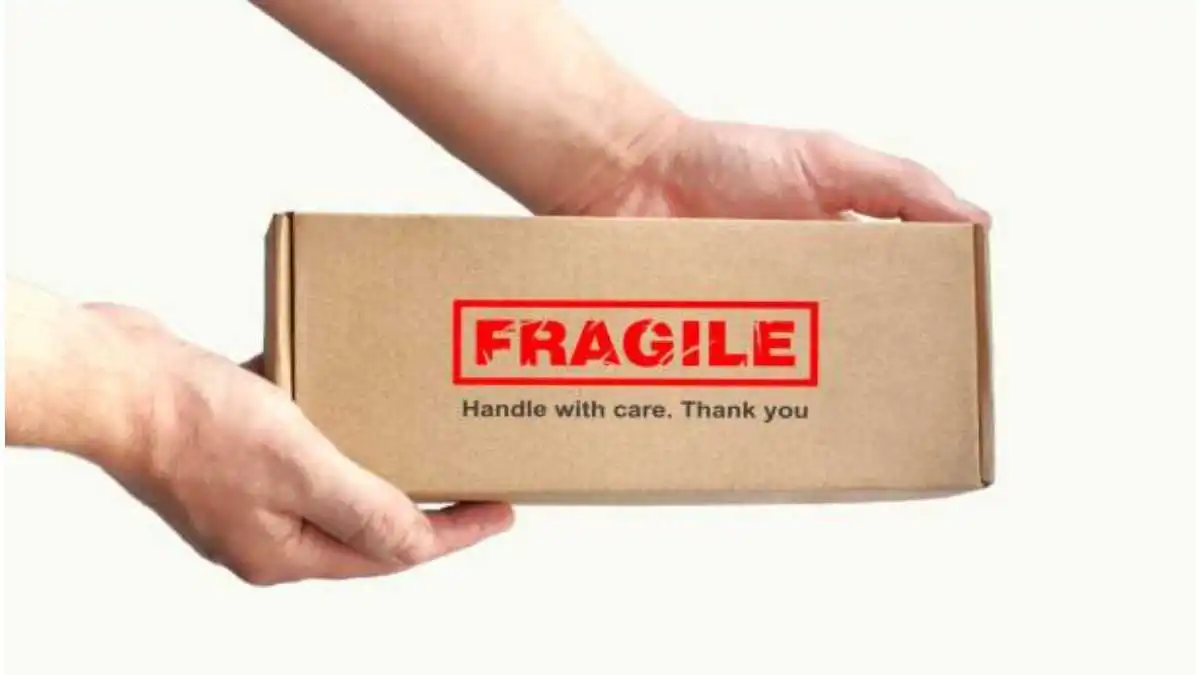GENERAL
Moving Large and Fragile Items: Safe Handling Tips for Delicate Possessions

Moving involves more than just packing boxes; it requires careful handling of large, fragile, and valuable items. From oversized furniture and delicate antiques to expensive electronics and artwork, transporting these belongings safely demands strategic planning, the right equipment, and a meticulous approach. Improper packing and handling can lead to costly damages or even injuries. Knowing how to properly move fragile and bulky items ensures a smooth and stress-free relocation.
Assessing the Challenges of Moving Fragile and Large Items
Fragile and oversized items require extra attention due to their sensitivity and size. Understanding potential risks helps prepare for a safe and damage-free move.
Common Challenges:
- Weight and Bulkiness: Large items like furniture and appliances require additional manpower and equipment for safe transport.
- Fragility and Breakability: Items such as glass tables, mirrors, and antiques are highly susceptible to damage if not properly packed.
- Irregular Shapes: Oddly shaped items don’t always fit neatly into standard boxes, making secure packaging more difficult.
- Limited Accessibility: Navigating narrow hallways, stairs, or elevators can complicate the moving process.
- Weather Conditions: Extreme temperatures, rain, or snow can pose additional risks for certain fragile items.
Identifying these risks in advance allows for better planning and protection.
Essential Packing Supplies for Fragile and Large Items
Having the right materials is crucial when moving delicate and oversized belongings. Using high-quality packing supplies ensures maximum protection.
Recommended Supplies:
- Heavy-duty moving boxes for sturdy support.
- Bubble wrap and packing paper to cushion fragile items.
- Furniture blankets and pads to prevent scratches and dents.
- Plastic wrap to secure items with loose parts or delicate surfaces.
- Foam corner protectors for mirrors, tables, and artwork.
- Packing tape and stretch wrap for reinforcement and security.
- Custom wooden crates for high-value or exceptionally delicate items.
- Dolly or hand truck to transport heavy pieces safely.
Investing in quality materials ensures that fragile belongings remain intact during the moving process.
Packing Techniques for Maximum Protection
Packing fragile and oversized items properly reduces the risk of damage and simplifies the moving process.
How to Pack Glass and Mirrors:
- Apply Painter’s Tape: Placing an X shape across glass surfaces reduces the risk of shattering.
- Use Bubble Wrap: Wrap the entire piece in several layers for cushioning.
- Place in Specialty Mirror Boxes: These reinforced boxes offer better protection than standard cartons.
- Label as Fragile: Mark the box clearly to ensure careful handling.
How to Pack Antiques and Collectibles:
- Use Custom Crates: High-value antiques should be placed in wooden crates for extra security.
- Wrap in Furniture Pads: Prevent scratches and dents by covering wooden surfaces.
- Avoid Direct Tape Contact: Tape can damage delicate finishes, so always wrap items before securing them.
- Keep Upright: Transporting antique furniture in its natural position prevents unnecessary stress on joints.
Packing Electronics for Safe Transport:
- Use Original Packaging: If available, the original box provides the best protection.
- Wrap Cords Separately: Prevent tangling by securing cables with zip ties or rubber bands.
- Cushion with Foam or Bubble Wrap: Extra padding minimizes movement inside the box.
- Label Components Clearly: Mark each box with details of its contents to simplify reassembly.
Following these methods helps prevent costly damage and ensures a smoother transition to a new space.
Moving Heavy and Large Items Safely
Lifting and transporting heavy objects without proper technique can lead to injuries or damage to property. Using smart strategies and the right tools makes the process safer and more efficient.
Tips for Lifting Heavy Items:
- Lift with the Legs, Not the Back: Bending at the knees and keeping the spine straight reduces strain.
- Use a Team Approach: Large furniture and appliances should be carried by multiple people.
- Employ Lifting Straps: These tools provide better control and weight distribution.
- Remove Obstacles First: Clear pathways to prevent tripping hazards.
- Take Breaks as Needed: Fatigue increases the risk of mistakes and injuries.
Using Moving Equipment:
- Dollies and Hand Trucks: Ideal for transporting large boxes, heavy appliances, and furniture.
- Sliding Pads: These reduce friction and make it easier to slide furniture across floors.
- Furniture Sliders: Protect floors while making movement more manageable.
- Ramps for Loading Trucks: Essential for safely rolling heavy items into a moving truck.
These tools simplify moving tasks and help protect both belongings and personal safety.
Navigating Tight Spaces and Staircases
Large and heavy objects often present challenges when maneuvering through doorways, stairwells, or small hallways.
How to Move Large Items Through Tight Spaces:
- Measure First: Ensure furniture and appliances fit through doors and hallways before moving.
- Disassemble When Possible: Removing legs, arms, or detachable parts makes items easier to transport.
- Tilt and Angle Strategically: Rotating furniture to a diagonal position can help navigate narrow spaces.
- Use Protective Covers: Prevent walls and doorframes from getting scratched or dented.
Careful planning prevents damage and ensures a smoother move.
Loading and Transporting Fragile Items
Proper placement inside the moving truck is essential for preventing shifting and breakage.
Best Practices for Loading a Moving Truck:
- Heavy Items Go First: Placing them against the back wall of the truck provides a stable foundation.
- Secure Items with Straps: Prevents movement and potential damage.
- Keep Fragile Items Upright: Items like mirrors and paintings should stand vertically instead of lying flat.
- Fill Empty Spaces: Use blankets, pillows, or packing materials to prevent shifting during transit.
- Label Everything Clearly: Boxes with fragile contents should be marked and loaded with extra care.
These strategies help ensure that all belongings arrive safely and undamaged.
Unpacking and Reassembling Large Items
Once at the new location, careful unpacking and reassembly complete the moving process.
Efficient Unpacking Techniques:
- Unpack Essentials First: Prioritize fragile items to check for any damages.
- Reassemble Furniture in Designated Rooms: Doing so reduces unnecessary lifting later.
- Test Electronics Before Final Placement: Ensuring proper function avoids the need for extra adjustments.
- Dispose of Packing Materials Responsibly: Recycling boxes and protective materials minimizes waste.
A structured approach makes settling into a new home or office much easier.
Final Thoughts
Moving fragile and oversized items requires careful planning, the right supplies, and proper techniques. By using professional packing methods, securing heavy objects correctly, and handling delicate belongings with caution, the risk of damage can be significantly reduced. Tera Moving Services recognizes the challenges involved in transporting valuable possessions and prioritizes safe, efficient moving practices to protect every item. A well-executed move ensures that both sentimental and high-value belongings arrive at their new destination intact and ready for use.
-

 BIOGRAPHY6 months ago
BIOGRAPHY6 months agoBehind the Scenes with Sandra Orlow: An Exclusive Interview
-

 HOME1 year ago
HOME1 year agoDiscovering Insights: A Deep Dive into the //vital-mag.net blog
-

 HOME1 year ago
HOME1 year agoSifangds in Action: Real-Life Applications and Success Stories
-

 BIOGRAPHY1 year ago
BIOGRAPHY1 year agoThe Woman Behind the Comedian: Meet Andrew Santino Wife




























